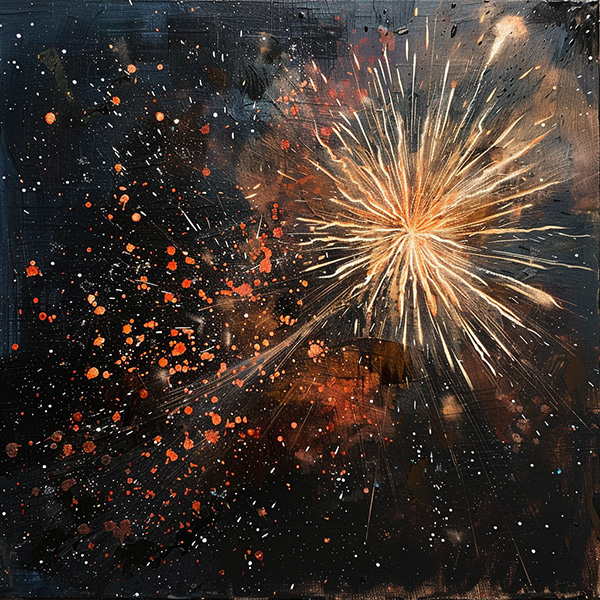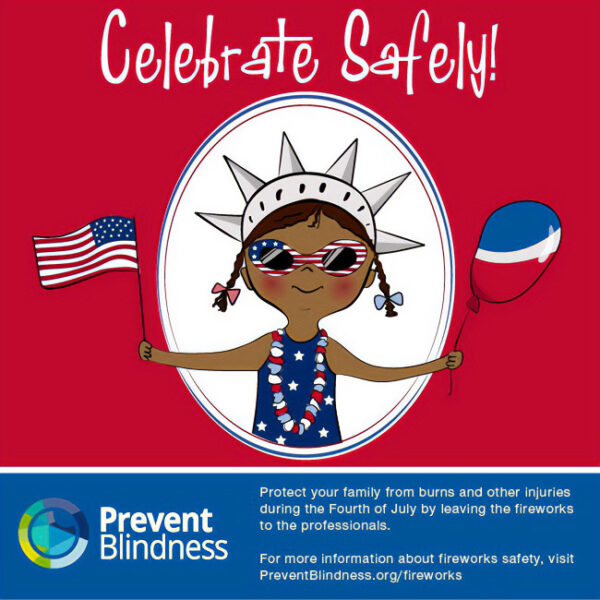Prevent Blindness Urges Public to Celebrate Independence Day Safely by Avoiding Fireworks, Attending Authorized Displays by Professionals
Prevent Blindness has declared June 28-July 4, 2024, as the Fourth Annual Fireworks Safety Awareness Week in an effort to educate the public on the dangers of fireworks. According to the U.S. Consumer Product Safety Commission’s (CPSC) “2023 Fireworks Annual Report,” fireworks devices were involved in an estimated 6,400 injuries treated in U.S. hospital emergency departments around the Independence Day holiday, from June 16-July 16, 2023.
The CPSC also reported that there were 8 non-occupational, fireworks-related deaths during 2023. Five of the deaths were associated with firework misuse; two deaths were associated with a device misfire/malfunction; and the circumstances surrounding one incident are unknown.
To help educate the public on the dangers of fireworks, Prevent Blindness offers a dedicated webpage, free downloadable fact sheets and shareable social media graphics. For families, Prevent Blindness offers creative fireworks alternatives for safe celebrations.
The American Academy of Ophthalmology warns that a recent study showed that 65 percent of people injured by fireworks are bystanders. Even those attending professional displays should be cautious to avoid serious firework injuries.
“The Fourth of July should be a day spent celebrating with family and friends, not in an emergency room,” said Jeff Todd, president and CEO of Prevent Blindness. “Leave the fireworks to the professionals, and remember to stay vigilant, even during authorized fireworks displays.”


